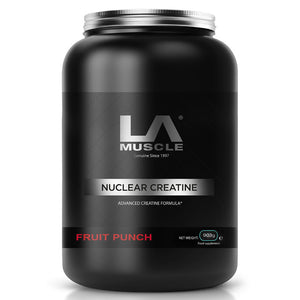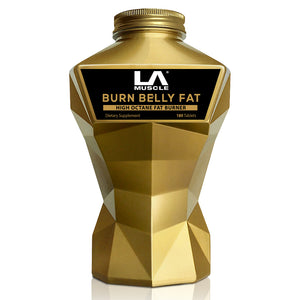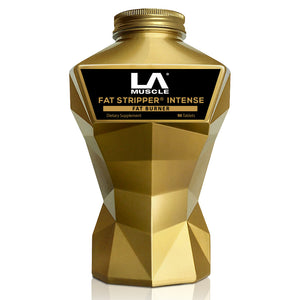
Deadlifting is a fundamental exercise for building strength, power, and muscle. It's a compound movement that targets the posterior chain, including the hamstrings, glutes, and lower back, making it essential for overall fitness and athletic performance. However, mastering the deadlift requires proper technique, consistency, and attention to detail. Here’s your ultimate guide to conquering the deadlift.
Before diving into the how-tos, let's explore why you should prioritise the deadlift in your workout routine:
- Full-Body Strength: Deadlifting engages multiple muscle groups, promoting overall strength development.
- Improved Posture: Strengthening the posterior chain helps correct posture and reduces back pain.
- Increased Hormone Production: Heavy lifting stimulates the release of testosterone and growth hormone, aiding muscle growth and recovery.
- Functional Fitness: Enhances daily activities by improving your ability to lift and carry heavy objects.
- Calorie Burner: As a high-intensity exercise, deadlifting torches calories, aiding in fat loss.
There are several variations of the deadlift, each with unique benefits:
- Conventional Deadlift: The classic form focusing on the posterior chain.
- Sumo Deadlift: A wider stance that emphasises the inner thighs and reduces lower back strain.
- Trap Bar Deadlift: Utilises a trap bar, placing less stress on the lower back and allowing a more upright posture.
- Romanian Deadlift: Targets the hamstrings and glutes with a focus on the eccentric phase.
1. Setup
- Stance: Stand with your feet hip-width apart, toes slightly pointed out.
- Bar Position: The bar should be over the middle of your feet, about an inch away from your shins.
- Grip: Use a double overhand grip or a mixed grip (one hand overhand, one hand underhand) for heavier lifts.
2. Initial Position
- Hip Hinge: Push your hips back while maintaining a slight bend in your knees.
- Chest Up: Keep your chest lifted and shoulders back.
- Neutral Spine: Maintain a straight, neutral spine without rounding your back.
3. The Lift
- Engage Your Lats: Squeeze your shoulder blades together and engage your lats to stabilise your upper body.
- Drive Through Your Heels: Push through your heels, extending your hips and knees simultaneously.
- Hip Thrust: At the top of the lift, thrust your hips forward, standing tall without leaning back.
4. The Descent
- Controlled Lowering: Reverse the movement by pushing your hips back and bending your knees.
- Bar Path: Keep the bar close to your body throughout the descent.
- Reset: Let the bar touch the ground and reset your position before the next rep.
- Rounding the Back: This increases the risk of injury. Always maintain a neutral spine.
- Starting Too Heavy: Master the technique with lighter weights before progressing.
- Overextending at the Top: Don't lean back excessively; stand tall and straight.
- Lifting with the Arms: Your legs and hips should drive the movement, not your arms.
- Incorrect Foot Position: Keep your feet hip-width apart for optimal balance and leverage.
- Warm-Up: Always warm up your muscles with dynamic stretches and light cardio.
- Consistency: Incorporate deadlifts into your routine 1-2 times per week.
- Progressive Overload: Gradually increase the weight to continually challenge your muscles.
- Rest and Recovery: Allow adequate recovery time to prevent overtraining and injury.
- Supplementary Exercises: Strengthen supporting muscles with exercises like squats, lunges, and rows.
Beginner Routine
- Week 1-4: 3 sets of 8-10 reps with moderate weight.
- Week 5-8: 4 sets of 6-8 reps, gradually increasing the weight.
Intermediate Routine
- Week 1-4: 5 sets of 5 reps with heavier weight.
- Week 5-8: 4 sets of 4 reps, focusing on form and control.
Advanced Routine
- Week 1-4: 5 sets of 3 reps with heavy weight, incorporating variations like sumo or Romanian deadlifts.
- Week 5-8: 6 sets of 2 reps, pushing close to your max weight.
Mastering the deadlift is a journey that requires patience, dedication, and a commitment to proper technique. By following this guide, you'll build a solid foundation, avoid common pitfalls, and progressively enhance your strength and power. Remember, consistency is key, and with time, you'll reap the full benefits of this powerhouse exercise. Lift smart, lift strong!


























